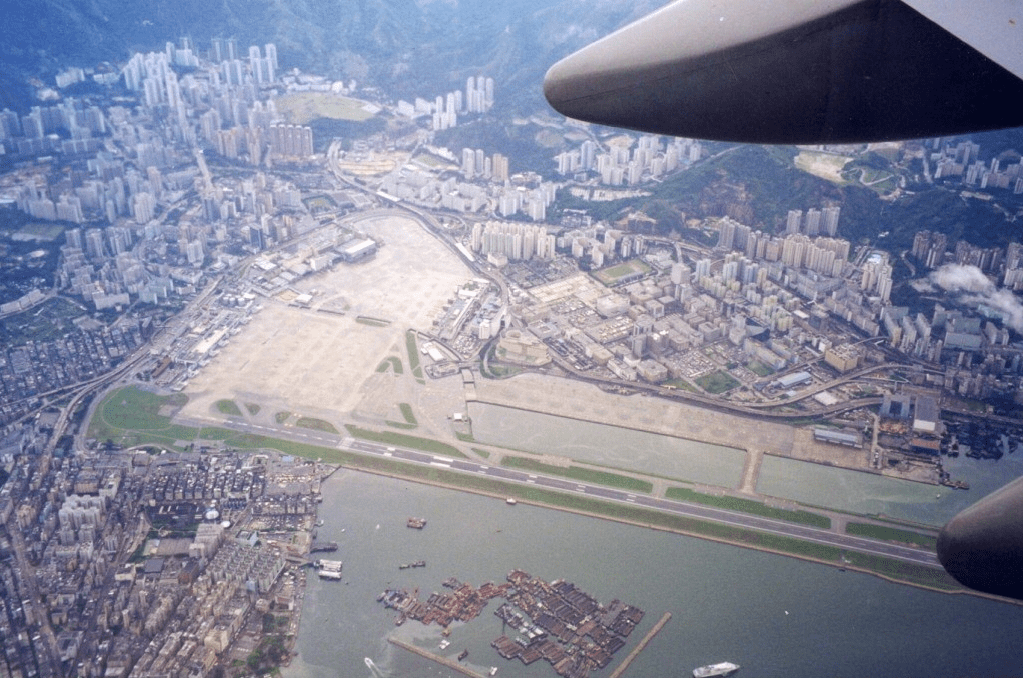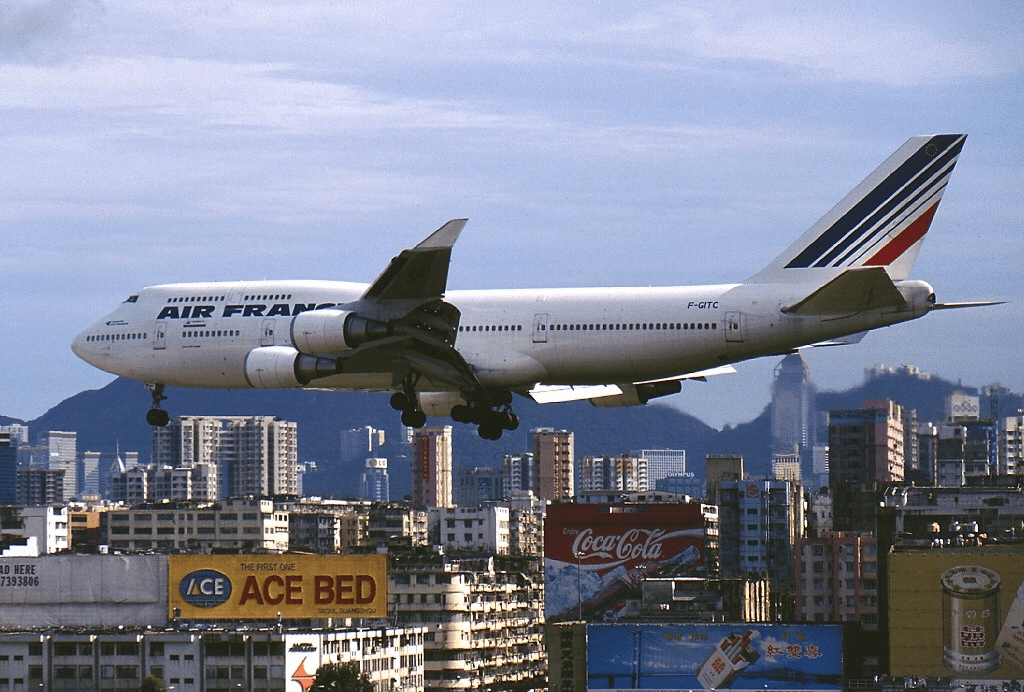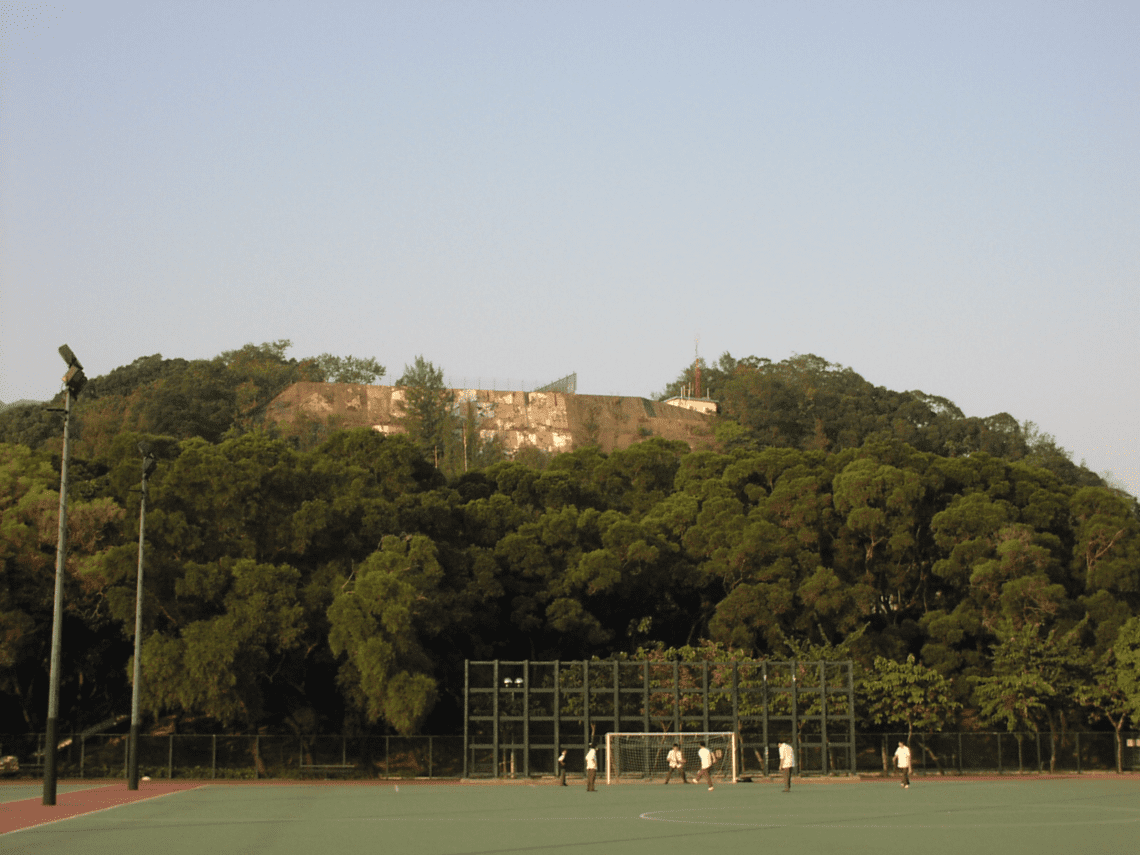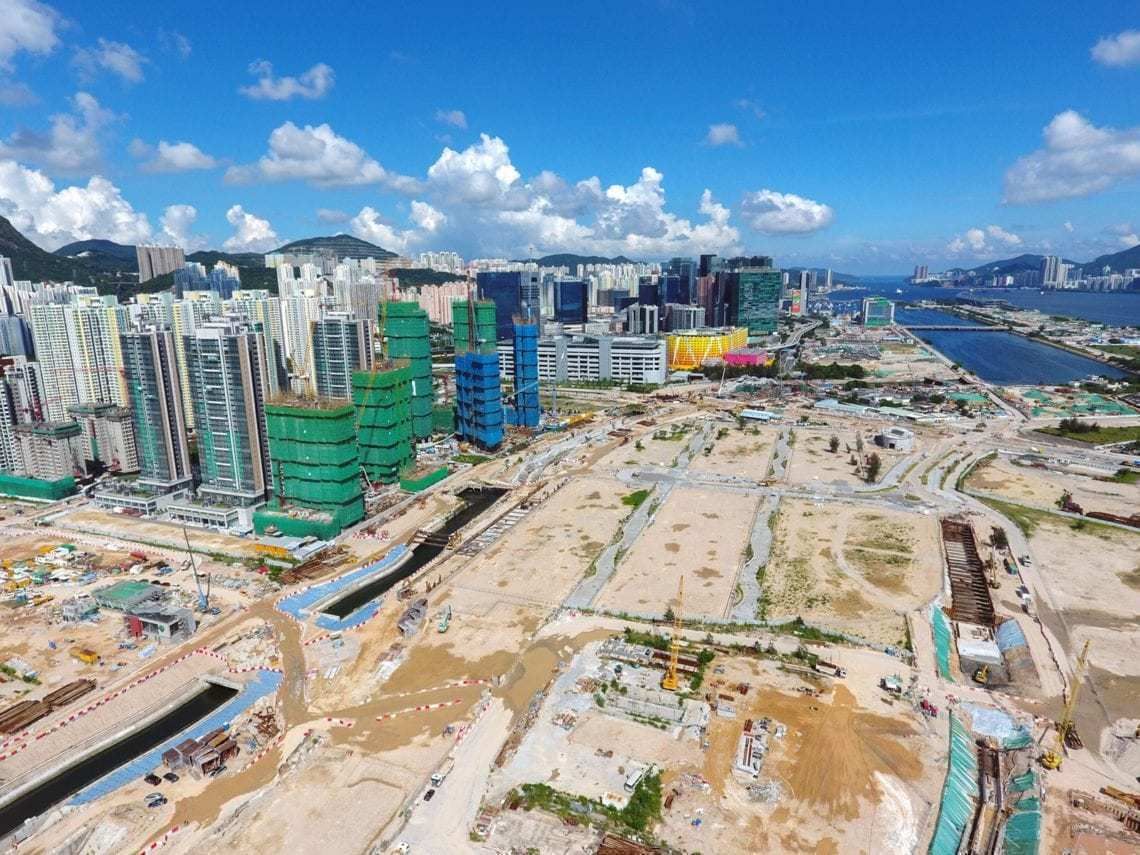Kai Tak is a legend of the aviation industry. The former home of Cathay Pacific had a technically challenging approach to give London City a run for its money. Indeed, it was once ranked the 6th most dangerous airport due to this approach.
Having opened in 1925, Kai Tak served as Hong Kong International Airport from 1954. However, this all came to an end in July 1998 when the airport moved 30km down the road to a new site at Chek Lap Kok. In the years since the Kai Tak site has been extensively redeveloped.
Kai Tak - A Brief History
Kai Tak’s aviation history dates back to 1924 when a flight school called The Abbot School of Aviation opened on the site. Fast forward a few years and the Royal Air Force has established a presence at the site along with a couple more flight schools.
The airport acquired a control tower in 1935, along with two concrete runways built for the Japanese during World War Two. In 1954 a plan was hatched to expand the airport, leading to a runway expansion by 1957. However, a brand new runway was completed the following year, with an accompanying terminal in 1962. By 1974, the airport was completed with the final runway expansion and a new ILS system on runway 13.
A Challenging Approach
The Kai Tak approach had a reputation due to its complexity. While most approaches these days are carried out using an ILS system. While runway 13 has such a system when the airport closed, it was only available for the final leg of the approach following its installation.
Pilots began by flying in a northeastern direction. When abeam the runway, the pilot would turn 47° to the right to line up with the runway. This point was 2nm from the runway’s threshold and was marked by a huge checkerboard on the hill. As such, the turn, which would be commenced at just 650ft, became known as the checkerboard turn. It was reported that passengers could see TV sets within Hong Kong during the turn.
The Fall Of Kai Tak
When Hong Kong was growing, passenger traffic was simultaneously growing. This led to the airport becoming the third busiest by passenger traffic in 1996 with 29.5 million passengers. The problem was that the airport was only ever designed for 24 million passengers a year.
Due to the huge growth in passengers, tied with the complex, challenging, and sometimes dangerous approach, the government made a decision to relocate the airport. A brand new airport was constructed on the island of Chek Lap Kok, and at midnight on the 6th of July 1998, the airport was relocated.
The last scheduled flight to leave Kai Tak was a Cathay Pacific flight to Heathrow at 00:02. The last departure, however, was a ferry flight taking a Cathay Pacific A340 to the new Hong Kong airport at 01:05. Along with the last flight, all the airport vehicles needed to move to the new airport and travelled in one long convoy. Turkey is currently in the process of replacing Istanbul Airport.
Kai Tak Legacy
Unfortunately, Kai Tak is very unrecognisable from its former self. The airport has been almost completely redeveloped into a range of uses from a cruise terminal, all the way to 13,000 flats.
Did you fly to/from Kai Tak? Let us know your experience in the comments down below!




